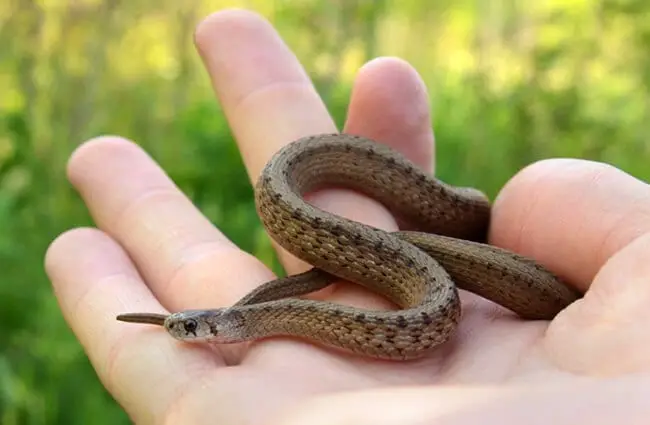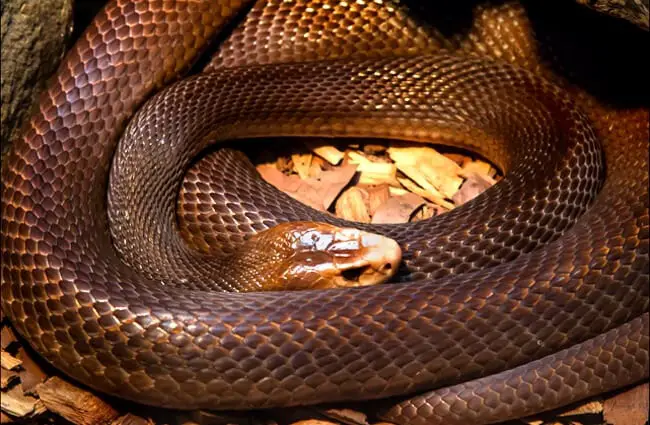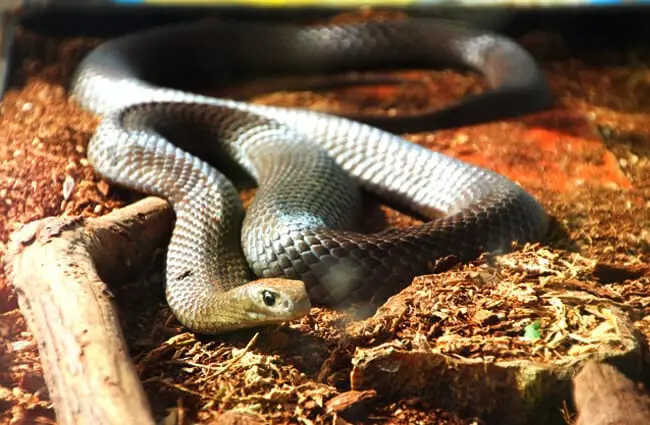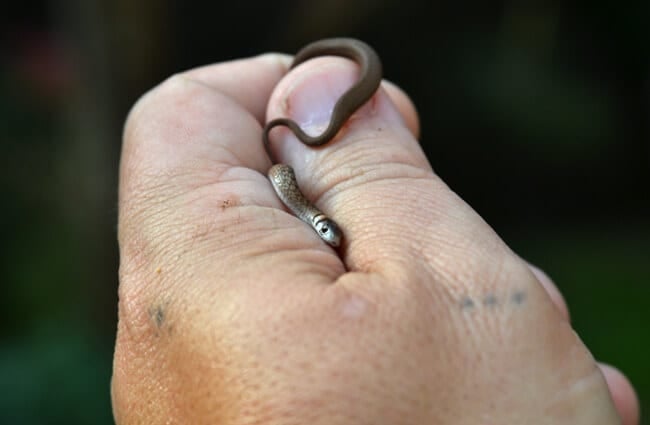The world of reptiles is remarkably diverse, and among its most fascinating members is the brown snake. Often understated in appearance, these serpents play a critical role in their ecosystems and exhibit a surprising array of behaviors and adaptations. This comprehensive guide delves into the life of brown snakes, exploring their natural history, behavior, and interactions with both the environment and humans.
What is a Brown Snake?
“Brown snake” isn’t a single species, but rather a descriptive term encompassing several species within the genus Storeria and, in Australia, the potentially lethal genus Pseudonaja. These snakes, generally characterized by their earth‑toned coloration, are found across North America and Australia. North American brown snakes are relatively small, generally ranging from 10 to 18 inches in length. Australian brown snakes, however, are considerably larger, capable of reaching lengths exceeding 6 feet.

North American Brown Snakes: The Gentle Gardeners
Species like the Northern Brown Snake (Storeria borealis), Southern Brown Snake (Storeria dekayi), and DeKay’s Brownsnake are common inhabitants of gardens, woodlands, and meadows. They are non‑aggressive and rarely bite, making them generally harmless to humans. Although they are mildly venomous, the venom is not dangerous to people. Their small size and cryptic coloration provide excellent camouflage, allowing them to blend seamlessly into their surroundings.
Australian Brown Snakes: A Potent Predator
The Australian brown snakes, including the Eastern Brown Snake (Pseudonaja textilis), are a different story. These are highly venomous snakes, ranking among the most dangerous in Australia. They move quickly and will defend themselves if threatened. Their venom is a potent neurotoxin, which can cause paralysis and potentially lead to death if untreated.
Habitat and Distribution
Brown snake distribution varies drastically between North America and Australia. North American species have a broad range, stretching from southern Canada through the eastern and central United States. They prefer habitats with ample ground cover, such as leaf litter, logs, and rocks, which provide shelter and foraging opportunities. They are often found near wetlands and streams.

Australian brown snakes dominate much of eastern and central Australia, adapting to a range of environments including grasslands, woodlands, and agricultural areas. Their resilience allows them to thrive even in disturbed habitats, bringing them into closer contact with people.
Diet and Hunting Strategies
Brown snakes primarily eat invertebrates. North American species feast on earthworms, slugs, snails, and insects. Their small size means they eat smaller prey. They use scent to locate their meals, often foraging under logs and rocks.

Australian brown snakes have a broader diet, including rodents, lizards, birds, and other snakes, in addition to invertebrates. They are active hunters, using their speed and venom to subdue prey. They often ambush prey, lying in wait until an unsuspecting animal comes within striking distance.
Reproduction and Life Cycle
Brown snakes typically reproduce in the spring or early summer. Most species are viviparous, giving birth to live young, although a few lay eggs. Litter sizes vary depending on the species and the mother’s size and condition, ranging from a few to over two dozen offspring.

Young brown snakes are precocial, meaning they are relatively independent from birth. They quickly begin foraging on their own and are capable of defending themselves. Growth rates vary depending on food availability and environmental conditions. Brown snakes generally have a lifespan of 10 to 15 years in the wild.
Ecological Role and Interactions
Brown snakes play a crucial role in maintaining ecosystem health. As predators of invertebrates, they help control populations of pests that can damage crops and gardens. They also serve as prey for larger animals, such as hawks, owls, and foxes.
Their presence indicates a healthy ecosystem, as they are sensitive to environmental disturbances. Their decline can signal problems with habitat loss, pollution, or climate change. Interactions with other animals are mostly predator‑prey relationships, although they can sometimes compete with other snake species for resources.
Brown Snakes and Humans
Encounters with brown snakes are relatively common, particularly in areas where their habitat overlaps with human development. North American brown snakes are generally harmless and often benefit from human presence, finding shelter and food in gardens and parks.

Australian brown snakes, however, pose a genuine threat to humans. Bites can cause severe illness and even death if not treated promptly with antivenom. It is crucial to exercise caution in areas inhabited by these snakes, wearing protective clothing and avoiding unnecessary risks.
If you encounter a Brown Snake:
- Remain calm and avoid sudden movements.
- Give the snake plenty of space and allow it to move away on its own.
- Do not attempt to handle or provoke the snake.
- If bitten, seek immediate medical attention.
Conservation Status and Threats
The conservation status of brown snakes varies depending on the species and location. Some populations are stable, while others are facing threats from habitat loss, fragmentation, and climate change. Road mortality is also a significant concern, as snakes often cross roads in search of food or mates.

Conservation efforts include habitat protection, restoration, and mitigation of road mortality. Raising public awareness about the importance of snakes and their role in the ecosystem is also crucial for ensuring their long‑term survival.
A Deeper Dive for the Enthusiast
For aspiring zoologists and dedicated herpetologists, brown snakes present a fascinating study in adaptation and evolution. Examining the subtle variations in venom composition across different Australian brown snake populations could reveal insights into local adaptation and the evolutionary pressures driving venom evolution. Similarly, studying the foraging strategies of North American brown snakes can highlight the importance of specific invertebrate prey in maintaining local ecosystem health.
Investigating the impact of climate change on brown snake distribution and reproductive success could provide valuable data for predicting the future of these species in a rapidly changing world.
The brown snake, in all its diverse forms, is a testament to the beauty and complexity of the natural world. By understanding its life history, ecological role, and conservation needs, we can ensure that this remarkable reptile continues to thrive for generations to come.

![Red Angus Closeup of a beautiful Red Angus cowPhoto by: U.S. Department of Agriculture [pubic domain]https://creativecommons.org/licenses/by/2.0/](https://animals.net/wp-content/uploads/2020/03/Red-Angus-4-238x178.jpg)




![Red Angus Closeup of a beautiful Red Angus cowPhoto by: U.S. Department of Agriculture [pubic domain]https://creativecommons.org/licenses/by/2.0/](https://animals.net/wp-content/uploads/2020/03/Red-Angus-4-100x75.jpg)

